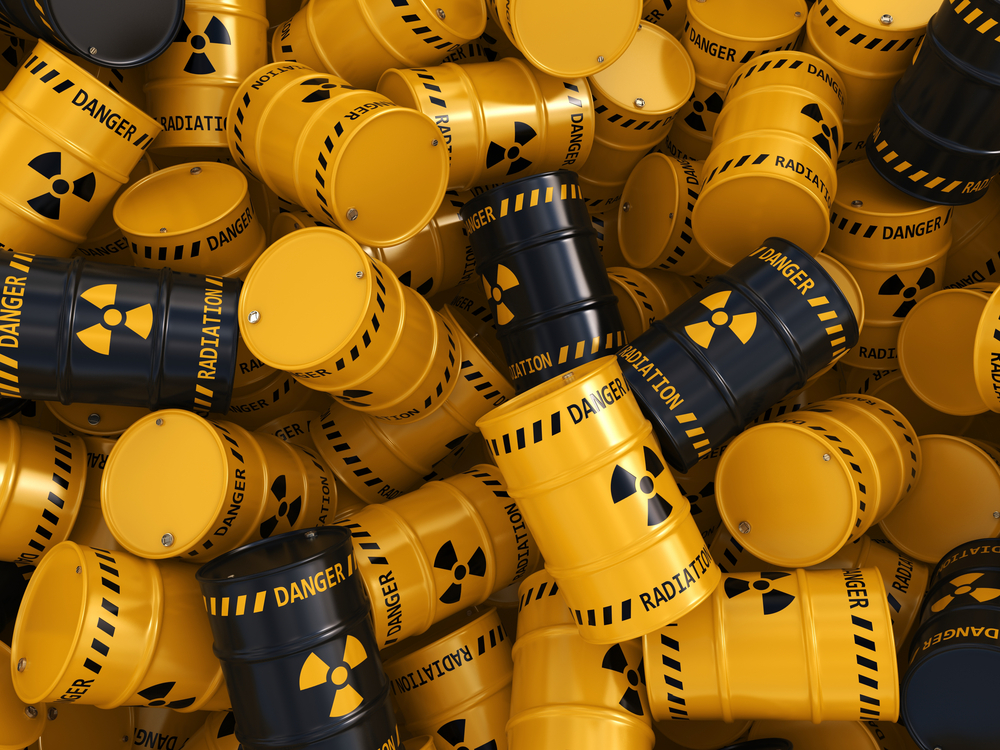
About 46,000 nuclear weapons were produced during the Cold War era, leading to tremendous volumes of acidic radioactive liquid waste seeping into the environment. A new study suggests yeast as a potentially safer and more cost effective way to help clean up these radioactive waste sites. The study, “Prospects for Fungal Bioremediation of Acidic Radioactive Waste Sites: Characterization and Genome Sequence of Rhodotorula taiwanensis MD1149,” was published in Frontiers in Microbiology, Jan. 8.
The team of scientists at the Uniformed Services University of the Health Sciences (USU) found that one red-pigmented yeast, Rhodotorula taiwanensis MD1149, is extremely resistant to acute and chronic forms of gamma radiation, heavy metals and acid. These characteristics are essential for bioremediation: clean-up of environmental wastes using microorganisms.
The team examined 27 yeasts isolated from diverse environments, testing to see how each was suitable for bioremediation under highly radioactive and acidic conditions. The yeast Rhodotorula taiwanesis strain MD1149 was found to be the most resistant to acid and gamma radiation. After subjecting this microorganism to whole genome sequencing, they discovered that it shares resistance traits with Deinococcus radiodurans, a radiation-resistant bacterium which USU researchers have been engineering for bioremediation since 1997.
“Dr. Daly previously published a number of papers on potential use of genetically engineered Deinococcus bacteria for clean-up of radioactive wastes, but many of the sites are too acidic and do not support growth of this extremophile. In this collaborative study, we showed that yeasts are far better suited when it comes to acid and heavy metals,” according to USU adjunct assistant professor of Pathology Dr. Rok Tkavc, the study’s first author and a Henry M. Jackson Foundation for the Advancement of Military Medicine contract staff scientist at USU. Moreover, Tkavc said, “MD1149 can attach to surfaces such as rocks and sand, thereby slowing migration of pollutants into the environment. Our findings now offer an alternative strategy to other more expensive and dangerous clean-up approaches.”




